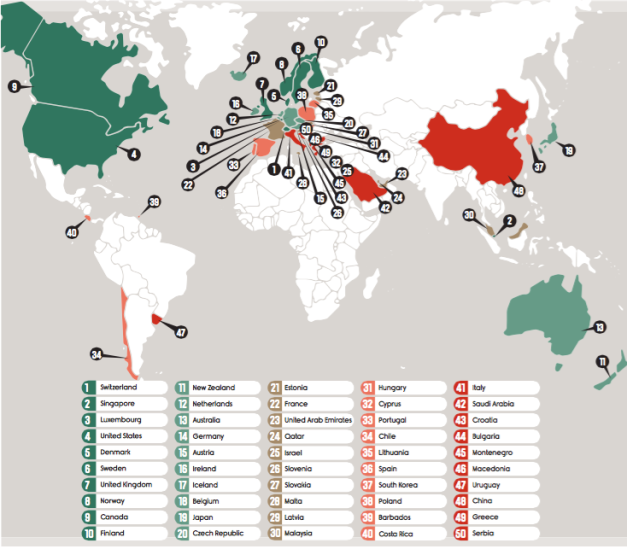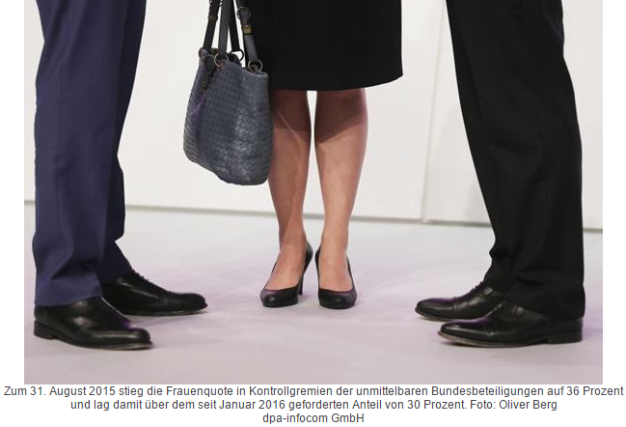Why we need the female quota
Germany is introducing a female quota of 30% for supervisory boards in market-listed companies from 1 January 2016 on. A decision which is to be greeted from the perspective of gender and diversity! What are the arguments for such a development? An article by Christa Binswanger, Lecturer on Gender and Diversity.
4 January 2016. When I discuss the quota for women in gender and diversity courses with students, the reaction is almost always the same: No way! Supposedly, a person’s performance is not considered under quotas; women are instead given preference due to their gender. And precisely female students do not want this. They want to be taken seriously as professional women.
Why is a quota nonetheless necessary in order to give women the chance to prove themselves as career women? In Germany (as in Switzerland) there has long been a legal right for genders to be treated the same. But the law is not effective when it comes to leadership duties.
Top positions still held by men
In Germany (as is Switzerland), 95% of the top positions in the boards of the largest companies are held by men (94% in Switzerland). This proves the argument constantly promulgated by business representatives that “the market will bring “capable women” to the top all by itself” to be fallacious.
Although German universities have been successfully educating a significant number of well qualified female students in bachelor and master programmes in business studies and economics (as have Swiss ones), their career prospects remain significantly worse than those of their male colleagues. And this irrespective of their performance, but due to their gender alone. Women are promoted less, not only when they become mothers, but also in the first five years after completing university. Around 40% of men move up the career ladder in the first five years after graduating according to a study by the Hochschul-Informations-System (HIS) – for women this figure is just 24%.
That members of the elite prefer to reproduce with each other is not in dispute. Men likewise also prefer to promote men – if they happen to have graduated from the same university then so much the better. What is more disputed is the economic effect this has on a company. Current studies show that mixed leadership teams tend to produce better results than teams comprising similar members – that the “old boy network” practice tends to be detrimental to the company.
However, from the perspective of equal opportunity, the equality argument counts the most. Many women today still do not have equal opportunities on the job market and they are often graded lower than men as it is often assumed that a woman wishes to become a mother at some stage and will then wish to reduce her workload or exit the workforce altogether. For those women who do actually decide to become mothers – the same as for men who wish to become fathers – the compatibility question for work and family will actually be asked later. However, to presume in advance that a woman does not wish to have a career due to potential parenthood at some point in the future is objectionable – regardless of how her familial arrangements might look in the future.
Norway as a role model
As an example, the female quota in Norway has shown itself to be an effective instrument for countering the unequal treatment of the sexes in leadership positions.
A decisive factor for the introduction of the female quota in Germany was Chancellor Merkel softening her position. It is hoped that we will also gain understanding in our country, even if the proportion of women in the federal parliament is currently lower than it has been. It is now customary in Swiss politics to consider party membership and language regions when allocating political functions – a quota rule! However, this appears difficult to implement when it comes to the gender category. The German example may then provide the necessary help in the translation.

 Donnerstag, 21. Januar 2016 15:31 GMT
Donnerstag, 21. Januar 2016 15:31 GMT